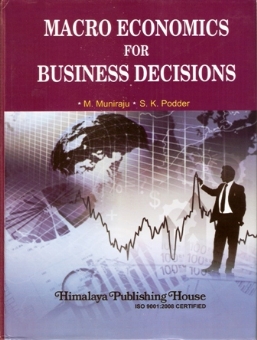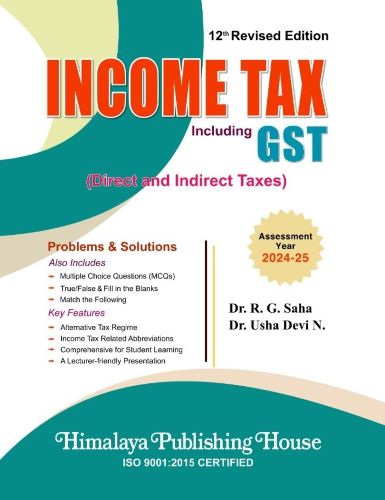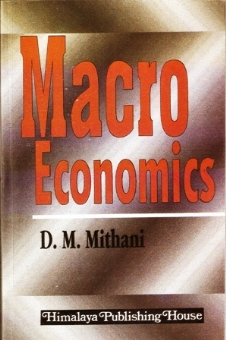Macroeconomics is the study of the total economy the national, regional or even the world economy. It is a fascination subject that touches our daily lives. We are invariably interested in news about what is happening in the macro economy because changes in economic variables encroach upon our wellbeing. We follow developments pertaining to interest rates and inflation because these variables determine our mortgage payments and the purchasing power of our incomes and savings, as well as the profitability of investments.
Ideally, students should approach this book principles of economics course under their belt. The formall mathematical requirements are mild. In fact, most of the formall manipulations are optional and either shown in margin notes or in separate sections that supplement graphical arguments.
The most distinguishing feature of this book is the macroeconomic model that is used to explain economics fluctuations. We depart from the conventional aggregate demand and aggregate supply model by using a model that is, despite its simplicity and sensitive appeal, effective in explaining empirical observations. The model is theoretically more appealing than the conventional model in that it relates the level of output to the inflation rate.
Contents –
Unit – 1 Introduction to Macroeconomics
Unit – 2 National Income
Unit – 3 Consumption
Unit – 4 Savings
Unit – 5 Investments
Unit – 6 Money
Unit – 7 Monetary System
Unit – 8 Fiscal Policy
Unit – 9 Economic Growth








